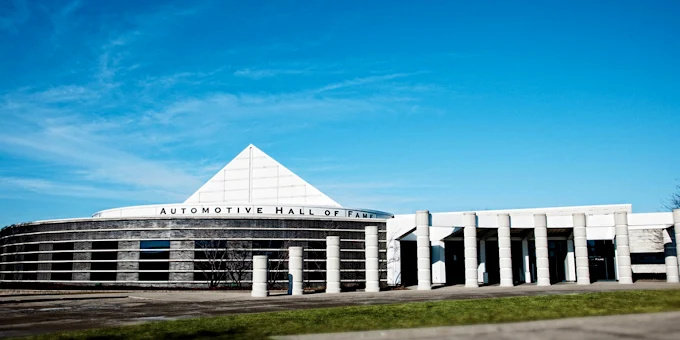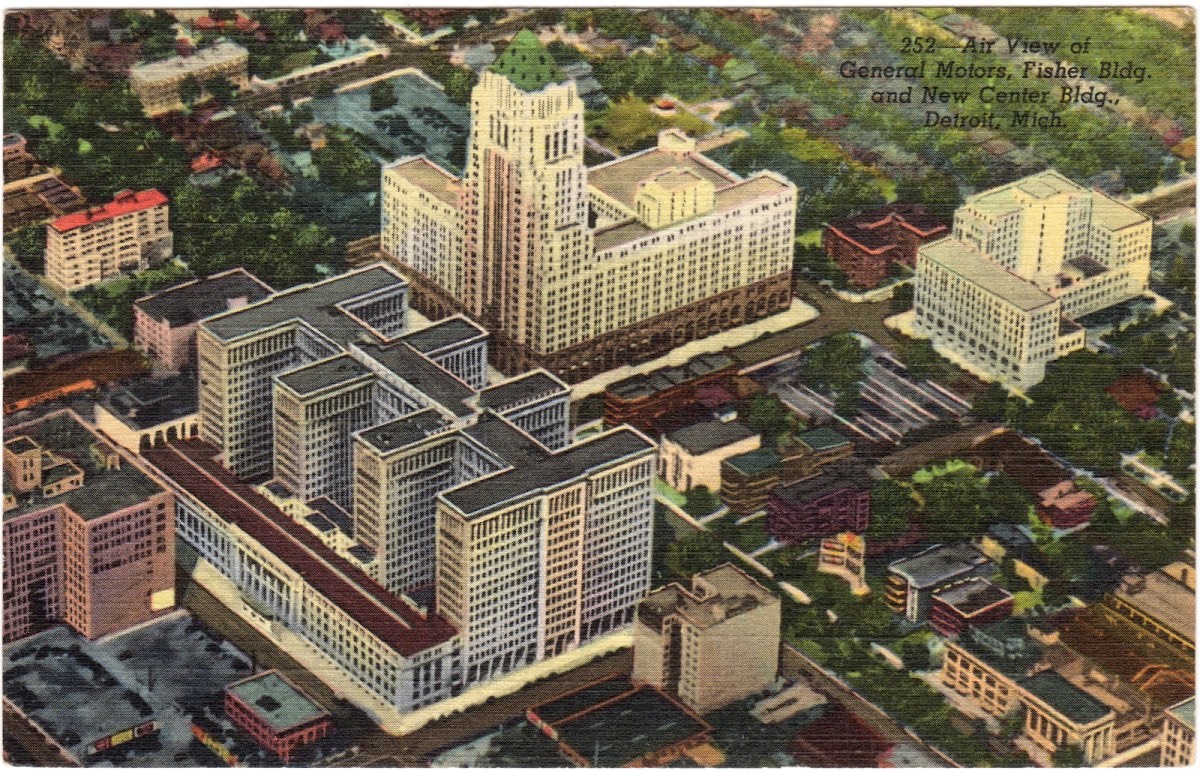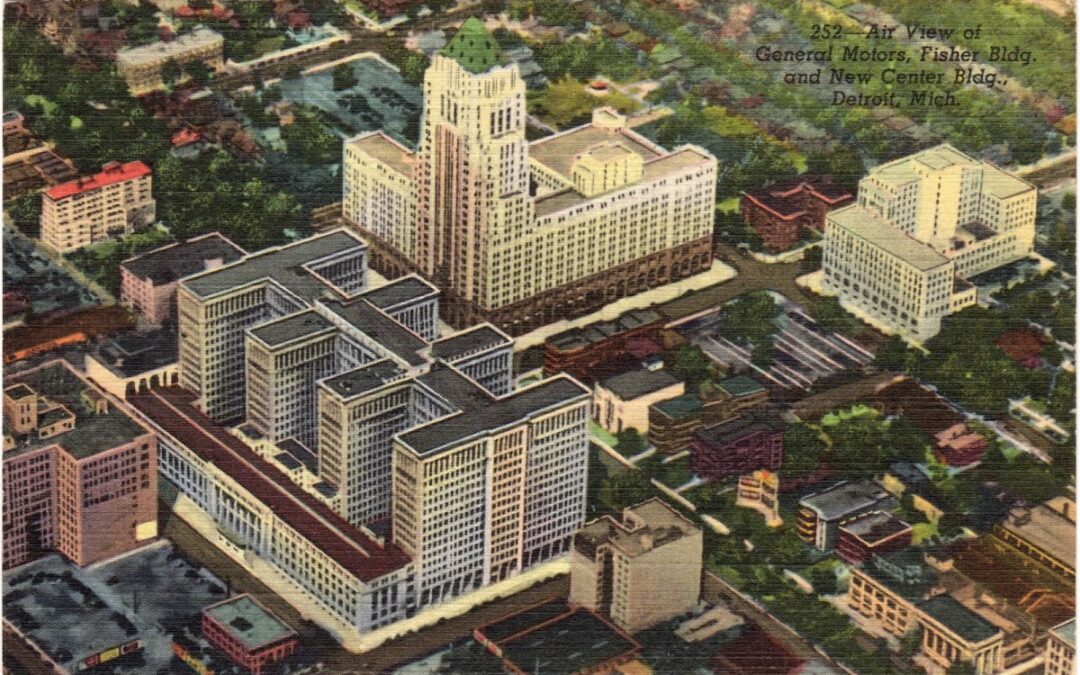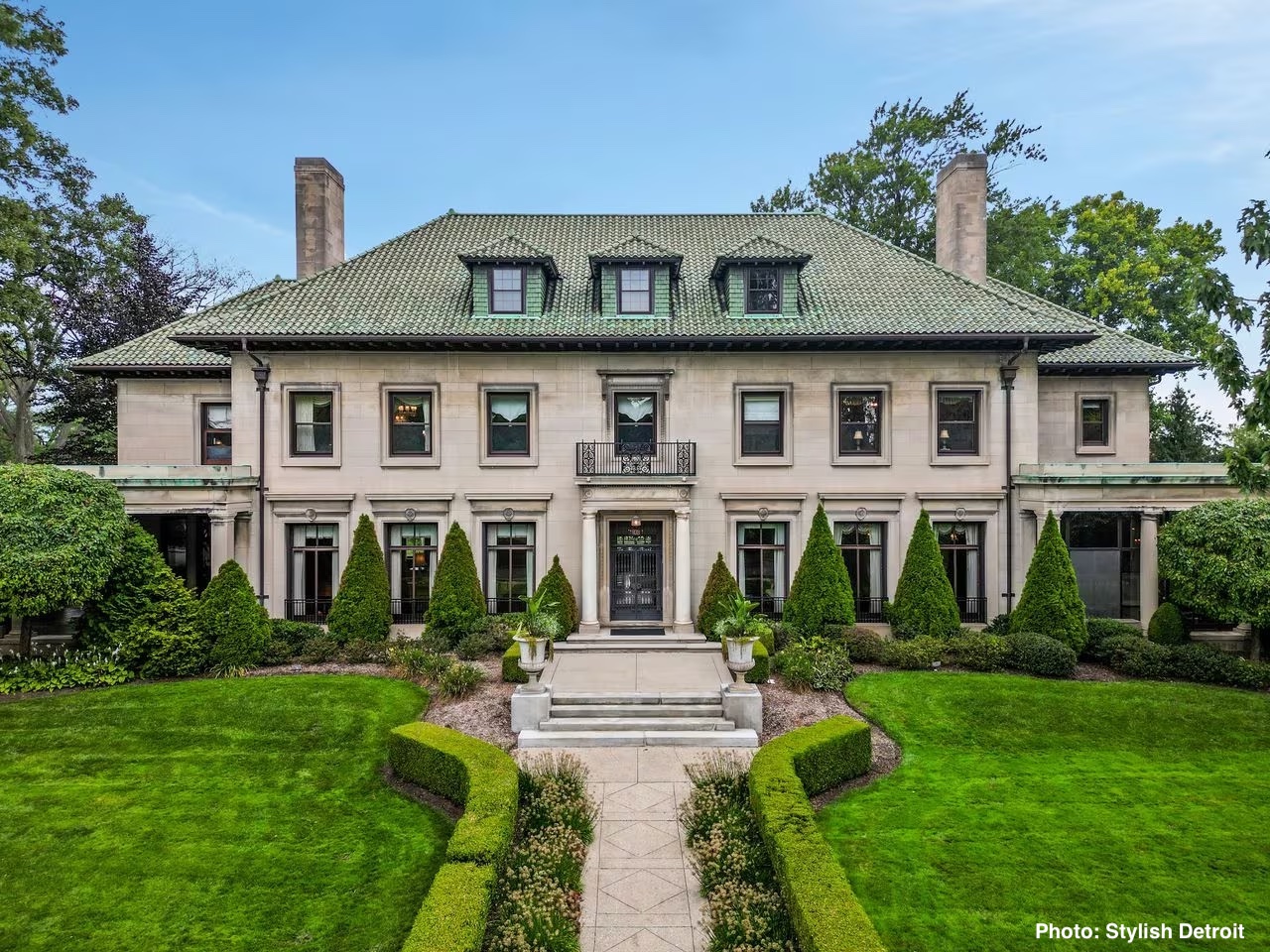Albert Kahn: The Architect Who Built Detroit’s Industrial Legacy
Detroit has long been recognized as the birthplace of the American auto industry, but behind the assembly lines and iconic factories stood an architect whose vision transformed the city into a global industrial powerhouse — Albert Kahn.
Born in Germany and raised in Detroit after his family immigrated in the late 19th century, Kahn’s journey was anything but ordinary. Despite early hardships, he developed extraordinary talent as a draftsman and, in 1895, founded Albert Kahn Associates, a firm that continues to shape skylines to this day.
Kahn revolutionized factory design by introducing reinforced concrete construction and expansive windows that filled industrial spaces with natural light. His landmark project, the Packard Automotive Plant, redefined what factories could be — not just functional but efficient, safe, and conducive to worker productivity. This innovation quickly became the standard for industrial architecture worldwide.
During the Great Depression, Kahn’s firm reached far beyond Detroit, designing more than 500 factories in the Soviet Union and training thousands of engineers. Closer to home, his work left an indelible mark on Detroit and Michigan, with commissions ranging from auto plants to elegant civic structures, clubs, and buildings at the University of Michigan.
Today, Albert Kahn’s architectural legacy is woven into the fabric of Detroit. His forward-thinking designs not only supported the city’s rise as the “Motor City” but also continue to inspire contemporary architects and preservationists. As Detroit reinvents itself for a new era, Kahn’s work remains a powerful reminder of how vision and innovation can shape an entire city.

Above: The automotive hall of fame






